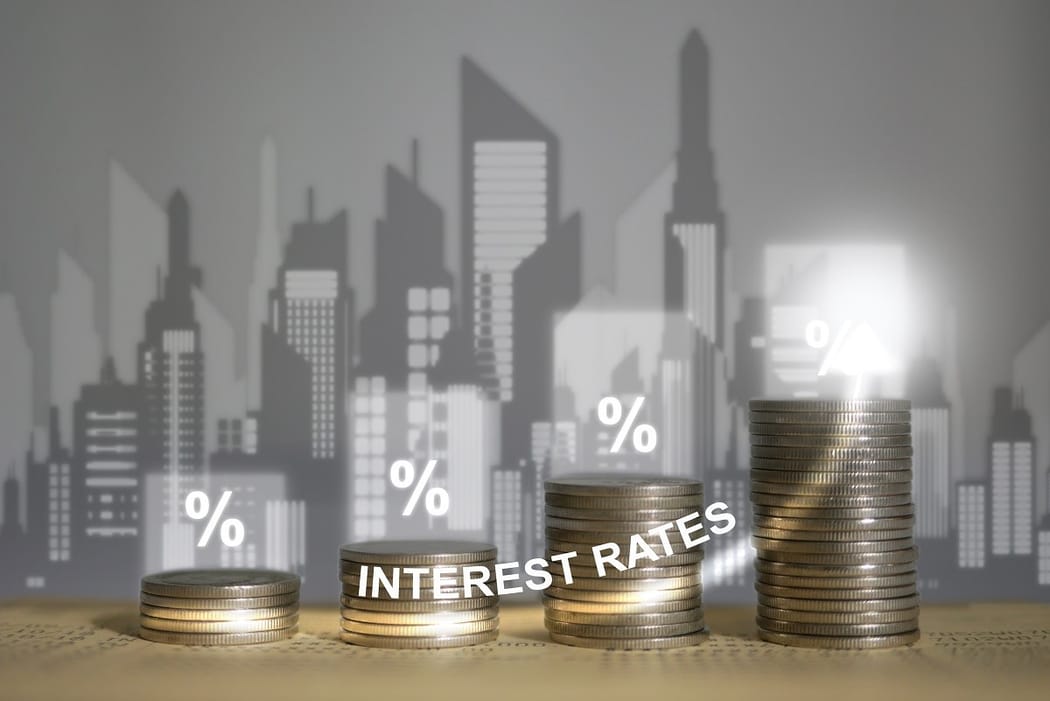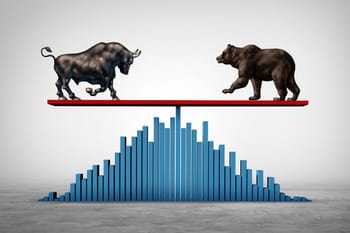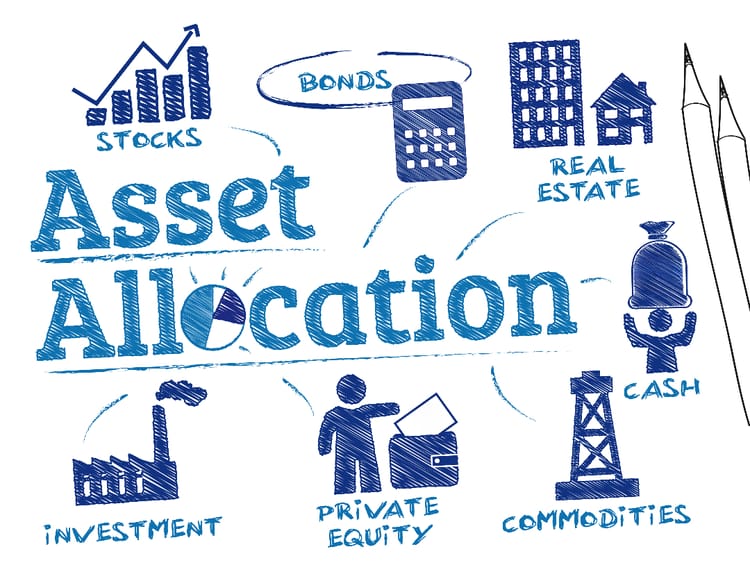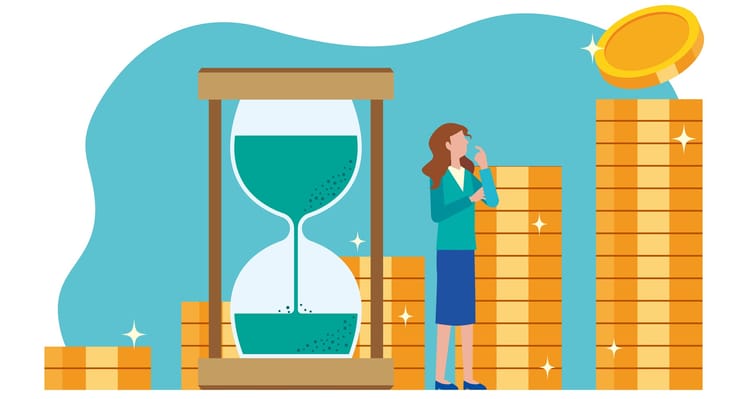Investors are drawn to investing primarily due to its high interests. No matter how minimal the risks are, any other forms of passive income streams are not even considered without a rewarding income. To these investors, high interests mean that the investment is healthy and has no negative impact on their finance or the economy. They fail to see the influence of high interest on the investment itself and the economy in the background. This article will look at some of the effects high interest investments can have on the economy and other financial areas, alongside its opposite - the low-interest rates.
How do interest rates affect investments?
Interest rate on investment is a form of income that the investor receives for lending his money to the borrower. Many invest their money to hedge against inflation and prepare for early retirement, as regular savings accounts become insufficient to grow wealth. Usually calculated on an annual basis, investors put their money into various assets like bonds, equities, funds, deposits, and real estate in their portfolios. Therefore, high interest investing is highly attractive to investors because it makes the investment worth the time and wait.
However, both high and low interests have long-term consequences for the investor and the issuer.
What happens when interest rates rise?
Increased interest rates should be a good thing because it means you are paid more for your investment. However, the effects of higher interest rates on investments are significant as a whole. While your interest income has increased, the borrowing costs [1] for the institution you are investing with have also increased. And this increase will trickle down eventually on everyone.
For example, an increased interest rate offered by your bank would mean, that the cost of having your money in their bank would be passed to their other services, like loans and mortgages. In the end, if you get 5% on your CDs, most likely, when you want a loan from your bank, you will also have to pay a higher interest rate back to the bank. The same can be said for stocks and bonds - a higher interest income would mean the rising cost of borrowing from you will be passed to other businesses, which will eventually impact all customers.
What happens when interest rates fall?
While lower interest rates [2] seem like a bad thing, they have the opposite effect on an economy. Lower interest rates investment are seen as a stimulant for growth by both investors and economists, as well as a boost to personal and business borrowing. As a result, there are more earnings and a stronger economy. Lower interest rates offered by your bank for your savings account would mean less cost for other services. This in turn will encourage you to spend more and borrow more with fewer costs. For stocks and bonds, the extra money that they do not have to pay you, would be used by the business to improve or expand their services, which would further cause the stock value to increase.
How do high interest rates affect investments?
Higher interest rates tend to discourage investment since they raise the cost of borrowing and necessitate the need for investments to provide a higher rate of return in order to be profitable. Whether you take it positively or negatively, high interest rate on investment can affect the following assets in the portfolio:
- Interest rates and the stock market
- Interest rates and the bond market
- Impact on commodities
- Impact on savings account and CDs
- Interest rate impacts on other investments
Interest rates and the stock market
The relationship between interest rates and stocks is less direct than bonds because interest rates affect debt instruments more closely. Stock is an equity instrument, meaning it lacks the borrowing aspect. An increase in interest rate for stocks [3] has a positive outcome - more people buy their stocks because of high interest rates. However, companies may also see less profit because they are paying their stockholders more. Worse if the company heavily relies on consumer spending because if consumers were to lose their ability to spend more, companies would also lose their profit margin, which supplies the companies’ interest rates to the stockholders. Regardless, it could lead them to make few bad decisions, which would result in a downturn in the interest rates of stocks, such as:
- increasing the prices of their services, which could turn consumers away, resulting in loss of profits
- increasing the buying prices of their shares, which would discourage investors from buying more stocks
- borrowing more from banks to operate their business, which would incur more costs and more potential negative circumstances (such as increased rates in borrowing)
Overall, an increase in stock interest rates has to be supported by a large customer base to ensure that the profits keep coming and lower debt so that the issuer does not have to spend more on loans.
Interest rates and the bond market
The relationship between bonds and their interest rates is contradictory. As such, when the interest rates rise, prices of bonds fall, and when the interest rates fall, prices increase. This is because when the issuer is offering new high interest bond, no sane investor will buy the bonds with a lower interest rate. As a result, the lack of demand for the previously issued bond causes its prices to fall as investors flock to the bonds with the higher interest rate. This can both be a positive or a negative thing, depending on which side you are on. If you are a bondholder looking to sell his holdings, an increase in interest rates may not be recommended because the price has decreased. On the other hand, it is good news for the buyer because the prices are low, and you can buy the low-cost bonds, even though the interest rate is low.
An increased interest rate in bonds, particularly coming from companies, could mean higher risk. That is because companies with lower credit ratings are more prone to defaulting and hence they offer bonds for higher interest rates to invite more investors. Such bonds are known as junk bonds or high yield bonds and they could be both good or bad, depending on whether the company defaults or continues to pay until maturity.
Impact on commodities
Similar to bonds, commodity prices have an inverse relationship with rising interest rates. When interest rates increase [4], the prices of the commodities decrease and vice versa. Commodities commonly include gold, oil, and natural gas. Their close correlation is due to the cost of inventory of the commodities, meaning if the cost is lower, there is more to pay in interest. The same applies to the fund of commodities, for e.g. an ETF in a commodity. If you invest in commodity-based ETFs and the storage cost of the actual inventory is low, your interests earned will be much higher because there is more profit to spare.
However, it is important to note that, unlike bonds (where interest rates and prices determine the attractiveness of the bond), the rise in interest rate results from low-cost inventory, not the other way around. High interest rate investments do not lead to low costs. Rather low cost leads to high rate of interest investment.
Impact on savings account and CDs
Your savings account and certificate of deposits are more a buffer for emergency costs rather than investment. Therefore an increased rate of interest [5] can only be a good thing for you. However, a bank might impose certain restrictions on you, such as restricting access to the money by stipulating a period to keep the money in the account. You will not be able to withdraw anything within the time period. Otherwise, you will lose all your interests. Other restrictions could be a fee that you could be charged if you withdraw. Such conditions are not uncommon, and many credit unions implement them. However, in the end, the increase in interest is the bare minimum, up to 1%, and is not sufficient enough to cover the loss from inflation, i.e. 2% annually. Therefore, both savings and investing are recommended.
Interest rate impacts on other investments
Fluctuating interest rates also impact other asset classes, such as funds, physical assets and alternative investments. The outcome for most of them are similar to stocks and bonds. For instance, mutual funds [6] - mutual funds are debt-oriented instruments where issuers gather capital from many investors and then use that money to invest in stocks, bonds and other assets. Therefore explaining the impact of the changes in the interest rate and investment relationship with mutual funds is a little more complicated, as there are both debt and equity mutual funds. A high interest rate investment in debt-instrument (bonds) means a lower price, and high interest rates on investments in equity mean a higher cost of borrowing for businesses, which will eventually pass on to the investors for lower dividends.
Mutual funds that invest in secure and short-term assets are less exposed to interest rate volatility. The same applies to investors who buy and hold long-term bond funds. In addition, as older assets mature, bond funds can buy newer, higher-interest bonds.
Real estate [7] is another asset class that is quite complicated as people react to fluctuating interest rates differently. Some years have seen a massive demand despite rising interests, and some years have seen none. Real estate investments with high interest rates are generally not good for your portfolio because it pushes the house price up, lowering the demand eventually because very few can afford it. Low interest rates usually increase the demand but house prices too, as more and more people can afford it and some developers take advantage of it. This is partly because of the cost of financing (mortgage rates) and partly because the demand changes on the availability of real estate.
Summary
Investing money with high interest rates has different outcomes based on the asset class. Some assets have a positive outcome, and others do not. However, in general, a rising interest rate is good for the investor in the short term because rising interest increases the cost of borrowing, leading businesses to have lesser profits to expand or reinvest. This effect can be seen in most debt-based investments, like bonds, commodities and real estate. Stocks have a similar impact from higher interest rates, even though there is no borrowing aspect. But to pay higher interests while relying on consumer spending would mean less money to reinvest within the company, and a market downturn will negatively impact consumer spending, leading to even lower profits. For a savings account, the impact would be either you will be restricted to liquidity, or you will have to pay the bank more when you are getting other services from them.
Most investors ignore the results of rising interest rates. Unless they are not affected negatively, they would likely continue to ignore it. Investors do forget that rising interest rates on investments tell a lot about the issuer - whether they are in a good position to pay such an amount or they are taking a high risk. It typically means a growing economy where the investor earns a good rate. However, investors should be familiar with the impact of higher interest rates so that they can prepare to minimise any potential risks.
Frequently Asked Questions
Why do high interest rates attract investors?
Because they promise higher returns compared to savings accounts or low-yield investments. Investors often see them as a sign of a “healthy” opportunity, but they may overlook the hidden risks such as increased borrowing costs for companies and pressure on economic growth.
What happens to investments when interest rates rise?
Rising interest rates increase borrowing costs for businesses and consumers. This can lower corporate profits, reduce demand for loans, and impact the value of bonds, real estate, and stocks. While investors may enjoy higher returns short term, the overall economy can slow down.
Are low interest rates always bad for investors?
Not necessarily. Low rates can stimulate growth by making borrowing cheaper for businesses and households. This can increase spending, boost company earnings, and raise stock values. However, low-yield savings and fixed-income products may become less attractive.
List of References
- Source: www.forbes.com
- Source: www.economicshelp.org
- Source: www.forbes.com
- Source: www.thebalancemoney.com
- Source: www.gobankingrates.com
- Source: www.investopedia.com
- Source: www.forbes.com






